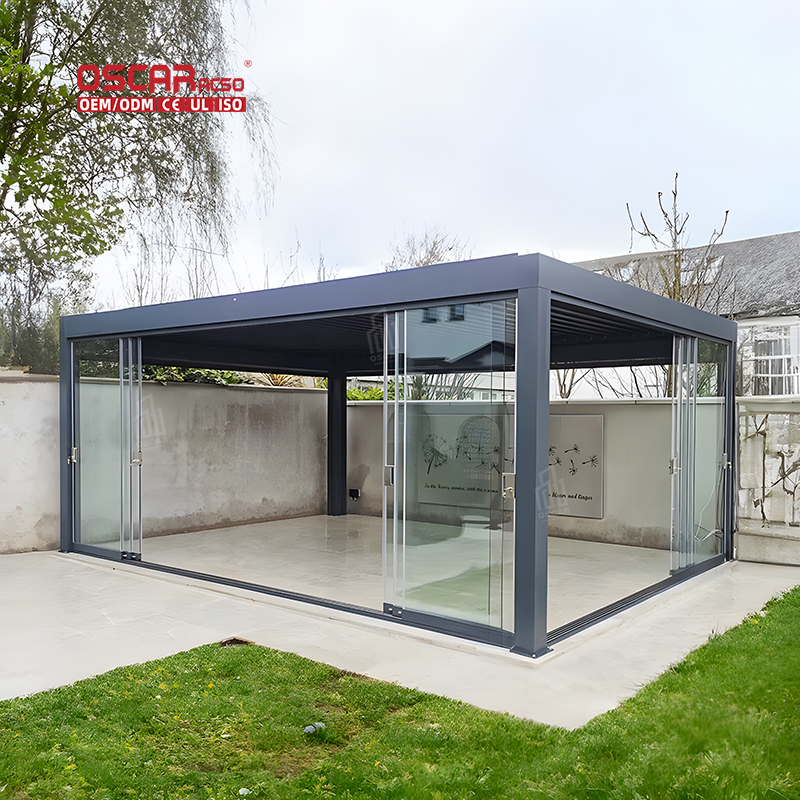Gazebos in Gaming, More Than Just Pixelated Pavilions
Ever wondered about those charming, often ornate structures tucked away in your favorite video game worlds? 🎮 Gazebos ...
Ever wondered about those charming, often ornate structures tucked away in your favorite video game worlds? 🎮 Gazebos are far more than simple decorative elements; they serve as key narrative devices, social hubs, and visual landmarks that profoundly enrich the gaming experience. Their value isn’t measured in mere in-game currency but in the depth and atmosphere they contribute.

The Multifaceted Roles of a Gazebo
So, what exactly does a gazebo doin a game? Its functions are surprisingly varied.
- •
Narrative Anchors & Quest Hubs: Gazebos frequently mark critical story points. They might be the meeting place for a pivotal quest-giver, the site of a hidden lore scroll, or the tranquil spot where a major plot revelation occurs.
- •
Social Interaction Zones: In multiplayer and MMORPGs, gazebos often become organic social spaces. Players naturally congregate under their roofs to trade, form parties, or simply chat, making them digital town squares.

- •
Visual Landmarks & Oases of Calm: With their distinctive design, gazebos act as easily recognizable landmarks in sprawling environments, aiding in navigation. They also provide a moment of visual respite and peace amidst often chaotic gameplay.
.jpg)
Beyond Decoration: The Gazebo’s Design Impact
The implementation of a gazebo is a deliberate creative choice. Game developers use them to evoke specific emotions, whether it’s romance, mystery, nostalgia, or tranquility. The architecture—be it Victorian, rustic, or elven—instantly communicates something about the world and its inhabitants.
A gazebo’s design is rarely accidental; it’s a carefully placed element meant to guide player emotion and interaction.
.jpg)
The Gazebo’s Hidden Value: Atmosphere Over Assets
Attempting to pin a direct “cost” on a gazebo is to misunderstand game development. Its value is baked into the game’s overall budget for art, design, and world-building. A single gazebo asset might be reused dozens of times, making its individual “cost” minuscule, but its cumulative impact on the game’s atmosphere is immense 🌿.
The true cost of a gazebo isn’t in its polygons or textures, but in the skilled artist and designer hours required to conceptualize, model, and place it meaningfully within the world.
Iconic Gazebos in Gaming Culture
While many gazebos blend seamlessly into their environments, some achieve iconic status.
- •
The Elder ScrollsSeries: Gazebos dot the landscapes of Tamriel, often serving as safe havens or points of interest for explorers delving into deep lore.
- •
Role-Playing Games (RPGs): Games like The Witcheror Dragon Agefrequently use gazebos in estate gardens or royal courts, reinforcing settings of nobility and refined society.
- •
Life Simulation Games: In titles like Animal Crossing, the gazebo becomes a key community project, a centerpiece around which players cultivate their ideal town, highlighting its role in social gathering.

These structures resonate because they fulfill a core gaming desire: to feel immersed in a world that feels lived-in and rich with detail.
The Technical View: Gazebos as a Benchmark
There’s another, more technical side to the word “Gazebo” in gaming. Gazebo is also the name of a powerful, open-source robotics simulation software. In this context, developers use it to test and train AI behaviors for robots and autonomous characters in a virtual, game-like environment long before real-world deployment.
This dual meaning creates a fascinating link: the same name represents both a tool for creating realistic virtual worlds and a structure that populates them.
The Unquantifiable Worth
Ultimately, the question “how much is a gazebo?” is best answered subjectively. Its worth is in the moments it facilitates—the secret found beneath its boards, the conversation had on its steps, or the simple awe of seeing a beautifully rendered structure against a virtual sunset. It’s a testament to the developers’ dedication to crafting worlds that feel truly alive.
独家见解: The persistence of gazebos across countless game genres highlights a fundamental truth about human-centric design. We are naturally drawn to structures that offer shelter, vantage points, and community. Game designers tap into this deep-seated intuition. The next time you see a gazebo in a game, don’t just walk past it. Sit for a moment. It’s likely placed there precisely for that reason—to make you pause and appreciate the world the creators built around you, proving its value is far greater than the sum of its pixels.

